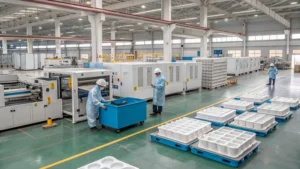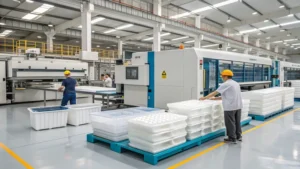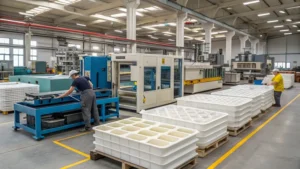
Color uniformity issues are a widespread challenge across industries like display technology, printing, manufacturing, medical imaging1, and color science. These issues appear as uneven color or brightness across a surface, resulting in inconsistent shades or tints where uniformity is expected. Whether you're a professional designer, a printer, or a medical technician, understanding the root causes and troubleshooting methods can significantly improve your work's quality and consistency.
Color uniformity issues stem from manufacturing defects, material inconsistencies, or improper techniques, and can be addressed through calibration, maintenance, and field-specific quality controls.
This guide explores the causes of color uniformity issues2 and provides practical troubleshooting strategies tailored to various domains. From adjusting display settings to maintaining printing equipment, we’ll cover everything you need to ensure a uniform visual experience.
Color uniformity issues only affect displays.False
These issues impact multiple fields, including printing, manufacturing, medical imaging, and color science, each with distinct causes and solutions.
Calibration tools can completely eliminate uniformity issues.False
Calibration tools can reduce uniformity problems, but they cannot fully eliminate them due to inherent manufacturing and material limitations.
- 1. What are Color Uniformity Issues?
- 2. What are the Common Causes of Color Uniformity Issues?
- 3. How Can You Troubleshoot Color Uniformity Issues?
- 4. What are the Pros and Cons of Good vs. Poor Color Uniformity?
- 5. What are the Key Factors in the Color Uniformity Process?
- 6. What are the Material Compatibility Considerations?
- 7. What Practical Tools Can Enhance Color Uniformity?
- 8. What are the Related Technologies?
- 9. Conclusion
What are Color Uniformity Issues?
Color uniformity issues occur when a surface displays inconsistent color or brightness, such as patches of varying shades or tints, despite being designed for uniformity. In displays, this might be called "gray uniformity" or "dirty screen effect" (DSE). In printing, it relates to uneven color reproduction. The goal is perceptual consistency, which is vital for applications requiring precise visuals, like photo editing or medical diagnostics.

Classification of Color Uniformity Issues
These issues can be categorized by the field they affect:
-
Displays: Caused by manufacturing flaws, uneven backlighting, or panel aging.
-
Printing: Linked to defective ink cartridges, low ink, or printhead problems.
-
Manufacturing (e.g., Painting/Dyeing): Due to inconsistent application or material variations.
-
Medical Imaging (e.g., MRI): Resulting from patient positioning or hardware issues.
-
Color Science: Arising from non-uniform color spaces in data visualization.
Each category may have sub-types, such as display panel variations (IPS, VA, TN) or printing methods (inkjet, laser), each presenting unique uniformity challenges.
What are the Common Causes of Color Uniformity Issues?
The causes of color uniformity issues vary by industry, but they often involve defects, inconsistencies, or operational errors.

Common causes include manufacturing defects3, material inconsistencies, poor application techniques, or equipment malfunctions, differing across fields.
| Field | Common Causes |
|---|---|
| Displays | Uneven backlighting, panel aging, manufacturing defects |
| Printing | Defective ink cartridges, low ink levels, printhead clogs |
| Manufacturing | Poor application techniques, material variations |
| Medical Imaging | Patient positioning, hardware failures (e.g., MRI coil issues) |
| Color Science | Non-uniform color spaces (e.g., RGB) in data visualization |
Displays
-
Manufacturing Defects: Variations in panel components like glass or transistors.
-
Uneven Backlighting: Inconsistent light distribution from the backlight system.
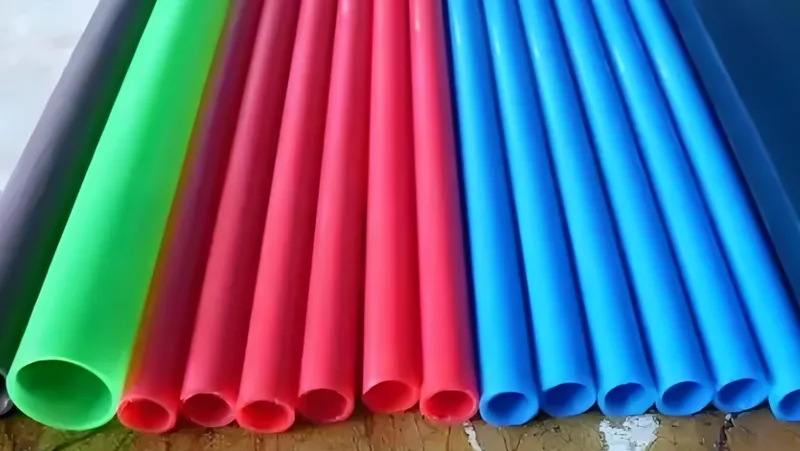
- Aging: Panel degradation over time causing color shifts.
Printing
-
Defective Ink Cartridges: Uneven ink flow from faulty cartridges.
-
Low Ink Levels: Insufficient ink leading to patchy prints.
-
Printhead Issues4: Clogs or misalignments disrupting ink application.

Manufacturing (Painting/Dyeing)
-
Poor Application Techniques: Inconsistent painting methods or over-thinning.
-
Material Variations: Differences in paint or substrate affecting color consistency.
Medical Imaging (e.g., MRI)
-
Patient Positioning: Misalignment or movement during scans.
-
Hardware Failures: Malfunctions in coils or other components.
Color Science
-
Non-Uniform Color Spaces5: Using RGB instead of perceptually uniform spaces like CIELAB.
-
Improper Color Mapping: Inconsistent data-to-color mapping in visualizations.
Color uniformity issues in displays are solely due to manufacturing defects.False
Aging and improper calibration also contribute to uniformity problems in displays, not just manufacturing flaws.
How Can You Troubleshoot Color Uniformity Issues?
Troubleshooting methods depend on the field, focusing on calibration, maintenance, or quality adjustments.

Troubleshooting involves calibration6, equipment maintenance, and quality control, tailored to each industry's needs.
Displays
-
Stabilization Period: Allow new panels a few days to settle.
-
Adjust Settings: Use preset modes or tools like X-Rite for calibration.
-
Inspect for Defects: Check for dead pixels or backlight bleed; replace if necessary.
Printing
-
Check Ink: Replace low or defective cartridges.
-
Clean Printheads: Regular maintenance to prevent clogs.
-
Color Management: Use ICC profiles for consistent output.
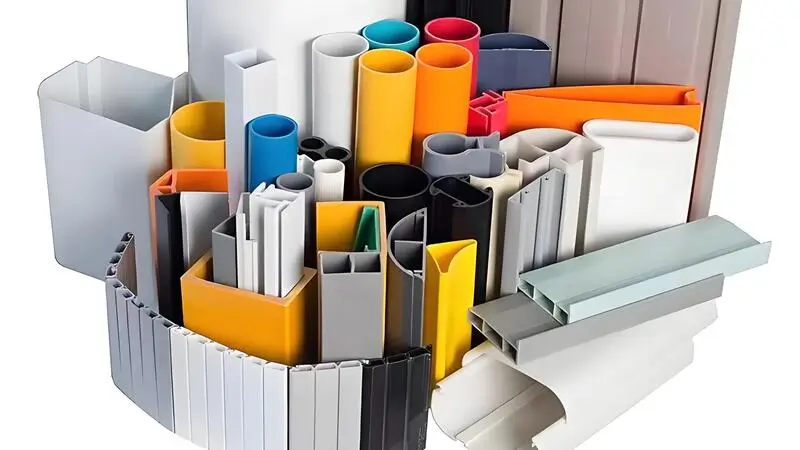
Manufacturing (Painting/Dyeing)
-
Prepare Surfaces: Clean and prime surfaces properly.
-
Apply Consistently: Use quality materials and uniform techniques.
-
Inspect Materials: Ensure consistency before use.
Medical Imaging (e.g., MRI)
-
Maintain Equipment: Calibrate hardware regularly with tools like PURE filters.
-
Position Patients: Ensure proper alignment and minimal movement.
-
Check Hardware: Monitor for coil or component issues.
Color Science
-
Choose Uniform Spaces: Use CIELAB or Oklab for visualizations.
-
Map Colors Properly: Employ tools like ColorBrewer for consistency.
-
Test Outputs: Verify perceptual uniformity in data displays.
Replacing ink cartridges fixes all printing uniformity issues.False
While it helps, printhead maintenance and color management are also critical.
What are the Pros and Cons of Good vs. Poor Color Uniformity?
The quality of color uniformity impacts usability and performance across applications.
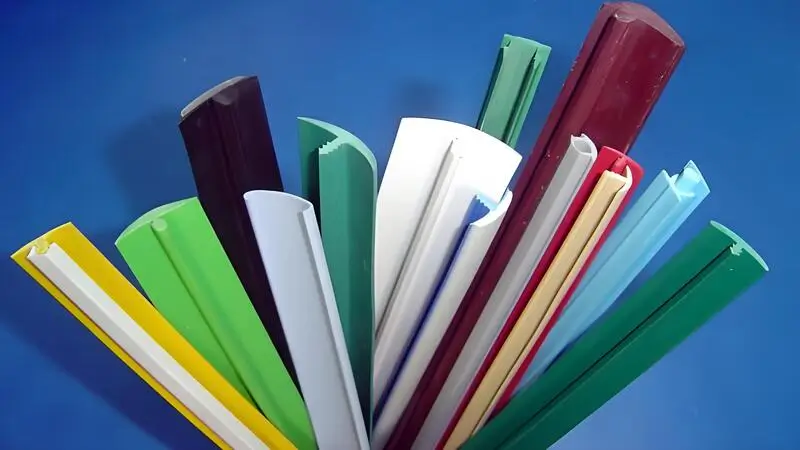
Good uniformity ensures accuracy and consistency, while poor uniformity may reduce costs but compromises quality.
| Aspect | Good Uniformity | Poor Uniformity |
|---|---|---|
| Pros | - Accurate color representation | - Lower cost |
| - Consistent experience | - Acceptable for casual use | |
| Cons | - Higher cost | - Distracting inconsistencies |
| - Requires advanced tools | - Reduced accuracy |
-
Displays: Good uniformity is essential for professional tasks; poor uniformity is cheaper but distracting.
-
Printing: Uniformity ensures batch consistency; poor uniformity may suffice for non-critical prints.
Good uniformity is only needed for professionals.False
It benefits all users by reducing visual distractions and enhancing comfort.
What are the Key Factors in the Color Uniformity Process?
Achieving uniformity involves specific processes tailored to each field.
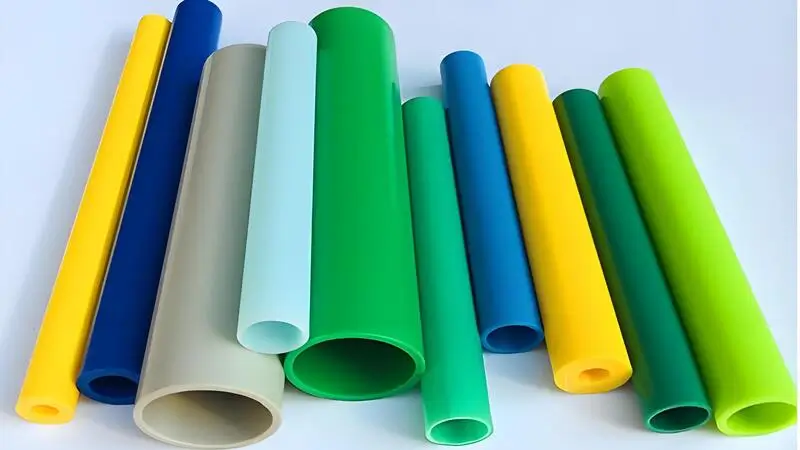
Key factors include manufacturing precision, material selection, and application control.
-
Displays: Consistent panel production, backlight design, and filter calibration.
-
Printing: Reliable ink delivery, printhead care, and color management7.
Manufacturing is the only factor in display uniformity.False
Aging and calibration also affect uniformity over time.
What are the Material Compatibility Considerations?
Materials influence uniformity outcomes across industries.
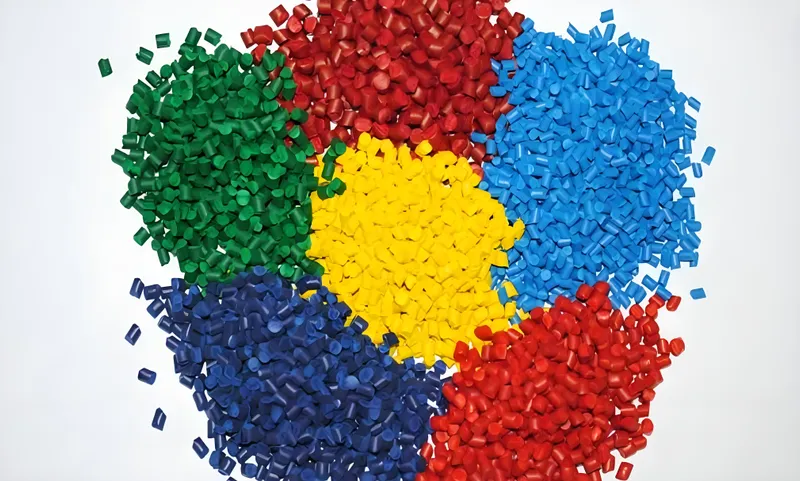
Material properties impact uniformity, requiring compatibility with specific applications.
-
Displays: IPS panels offer color accuracy8 but may have backlight issues; VA panels provide contrast but uneven lighting.
-
Printing: Ink and paper types need calibration for uniform results.
Any paper works for printing uniformity.False
Paper type affects ink absorption, requiring specific adjustments.
What Practical Tools Can Enhance Color Uniformity?
Tools and strategies can improve uniformity effectively.

Tools include calibration devices, maintenance routines, and quality checks9.
-
Displays: Use X-Rite tools and select panels wisely.
-
Printing: Maintain printheads and use ICC profiles.
Calibration is only for professional displays.False
It benefits all users seeking better uniformity.
What are the Related Technologies?
Advanced technologies enhance uniformity management.
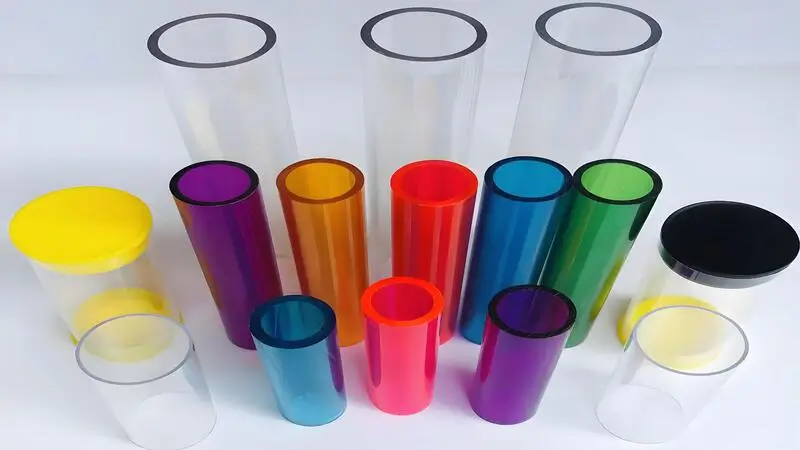
Technologies include calibration tools, uniform color spaces, and hardware innovations.
-
Displays: Full-array dimming and calibration tools10.
-
Color Science: CIELAB and visualization software.
Conclusion
Color uniformity issues affect diverse fields, from displays to color science, driven by defects, materials, or techniques. Troubleshooting with calibration, maintenance, and quality control can mitigate these challenges, ensuring consistent, high-quality results for any application.
-
Discover the impact of color uniformity on medical imaging and the importance of precision in diagnostics. ↩
-
Explore this resource to understand the complexities of color uniformity issues and effective solutions across various industries. ↩
-
Learn about the types of manufacturing defects that can lead to color uniformity issues and how to mitigate them. ↩
-
Learning about printhead issues can enhance your printing experience and reduce waste. ↩
-
Exploring color spaces can significantly improve your understanding of color accuracy in digital media. ↩
-
Learn how proper calibration can significantly enhance the performance and reliability of your equipment across different fields. ↩
-
Explore this resource to understand effective color management techniques that enhance accuracy and consistency in your projects. ↩
-
Exploring this resource will deepen your understanding of color accuracy, essential for achieving high-quality display results. ↩
-
Understanding quality checks is crucial for maintaining high standards in manufacturing, ensuring consistent outcomes across industries. ↩
-
This link will provide insights into the latest calibration tools that can significantly enhance uniformity in various applications. ↩



